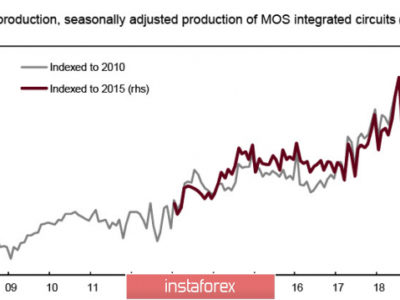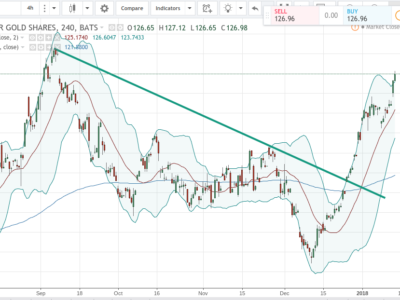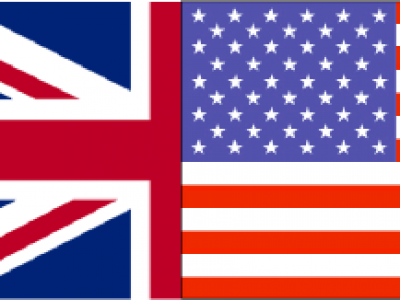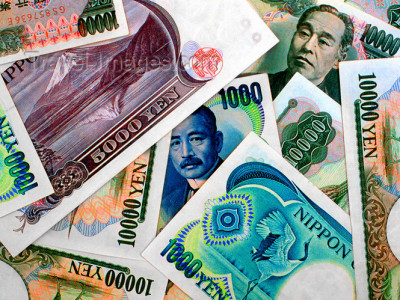What to Expect for the Financial Markets in February 2016
The first month of 2016 has shaped up to be nothing short of a bloodbath in the financial markets, as US equities recorded their worst weekly opens since records began while commodities took a heavy beating. Oil was one of the worst hit, with WTI crude oil and Brent crude oil falling below $30/barrel and triggering massive declines in oil-related currencies such as the Canadian dollar.
The slowdown in China also emerged as a major market driver early on, after weaker than expected manufacturing PMI readings from non-government sources revealed that the worst isn’t over. Asian stock markets plummeted one day after another upon hearing the news, prompting the Chinese government to impose controls only to suspend them later on and cause more panic.
So what can we expect for next month? More stock market losses? A deeper oil rut? Here are some market events and factors to look at.
More Chinese PMI Readings
Another batch of PMI reports are up for release from China, both from government and non-government agencies, at the very start of the month. Dismal readings might once again dampen confidence in the financial markets, possibly spurring another wave lower for global equities and sealing the return to a bear market.
If so, market participants may consider turning their attention to the People’s Bank of China, as speculations of further stimulus have been in play. Any actual move from the Chinese central bank to lower the reserve ratio requirement or to cut lending rates might actually be accompanied by a positive reaction, although it might do very little to restore optimism, especially since the IMF recently downgraded growth forecasts for the global economy this year and next year.
Fed Rate Hike Talks
While the Fed’s December rate hike might still be deemed as too early for some, dollar bulls can’t help but discuss yet another interest rate increase for March as US economic data continues to improve. The December NFP results turned out better than expected, reaffirming the FOMC’s view that labor market conditions are strengthening, and the January jobs report due in the first week of February might support this outlook.
However, Fed officials have also clarified that they’re turning their attention to inflation trends these days, suggesting that commodity price action and CPI readings may be more crucial to determining their next policy action. With that, further oil price declines could lower the odds of seeing another Fed rate hike before the end of the quarter and might dull the dollar’s shine.
Quarterly Data from New Zealand
New Zealand typically releases its economic reports on a quarterly basis, with the Q4 employment, retail sales, and PPI reports due in February. These reports give some indication to how resilient the economy is in case of further declines in dairy prices and other commodities. Which may in turn influence the Reserve Bank of New Zealand’s monetary policy.
Q4 GDP Releases
Japan and the top euro zone nations such as Germany and France are scheduled to report their initial GDP estimates for Q4 2015 sometime in February while the US and the UK will report their preliminary or revised readings. However, these figures might take the backseat since market watchers are much more interested to find out how the developed nations have coped with falling stock prices and commodities during the current quarter. Still, these releases may have an impact on sentiment, particularly on currency trends.
RBA and BOE Rate Decisions
Only the Reserve Bank of Australia and the Bank of England are scheduled to announce their policy decisions in February, and no actual changes are expected. Of course Australia might be one of the bigger casualties if the slowdown in China worsens, and traders are keen to find out if RBA Governor Glenn Stevens might decide to act pre-emptively with a rate cut or adopt a dovish stance.
Meanwhile, BOE Governor Mark Carney has already admitted that the UK central bank isn’t ready to hike interest rates anytime soon – a theme which might be echoed in their rate statement and Inflation Report. Their previous rate statement hasn’t been as dovish as many had hoped, with one MPC member still voting to hike interest rates then.
Chinese New Year Festival
On a less downbeat note, the Chinese New Year is officially set to start on February 8, which marks the start of a week’s worth of festivities. Most markets in the Asian region will be closed by then, giving enough time to take a break from the recent selloffs and possibly reopen the following week on much stronger footing.
Before this week-long holiday in China, companies are set to complete their financial reporting statements and put out advance orders for shipments, likely making earnings and profitability look better around those days. In addition, the holidays itself could bring about more consumer spending activity, even in other parts of the globe as Chinese traders take time off to go shopping or have a vacation. Overall, this might bring about more positivity in the financial markets and allow equities to regain some ground.
Further Commodity Weakness?
Analysts aren’t calling a bottom in oil prices just yet, as some are actually predicting that the commodity could reach as low as $15-20/barrel. Indeed the recent drop has shown strong momentum, as the return of Iran to the oil export market and its pledge to produce more barrels each day have exacerbated fears of a supply glut.
So far, the OPEC has stubbornly refused to call for an emergency meeting to discuss any reduction in production levels, as the leaders from the Arab bloc would rather drive out the competition from other drillers with low oil prices.
In a nutshell, more uncertainty is expected for February 2016, with very few catalysts likely to encourage investors to take on more risk. China and oil could continue to be the dominant market themes for the upcoming weeks, as central banks are expected to make the necessary adjustments in policy to cope with these risks.
The post What to Expect for the Financial Markets in February 2016 appeared first on Forex.Info.
Source:: What to Expect for the Financial Markets in February 2016














